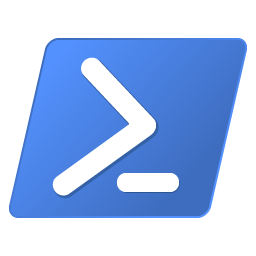


How objects are sent to and from remote sessions

Saving remote session to your local disk

Bringing remote commands to your local session

How to pass arguments for remote commands

Advanced Debugging in PowerShell

Managing Remote Sessions

Interactive remoting in CTP3

Manage winrm settings with wsman provider


 Light
Light Dark
Dark